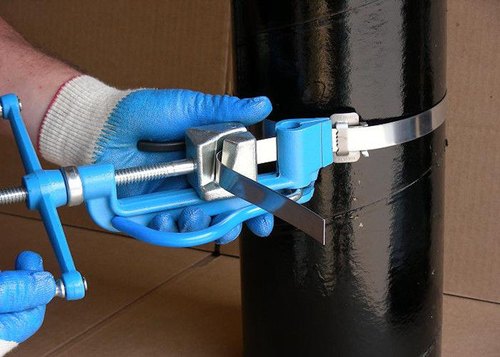Sometimes you need to strap cables together for an underground or overhead project and the usual straps won’t work. The same could happen with a distribution box that needs to be strapped to the pole, or some transport goods need to be strapped, but polyester, rubber, polypropylene, and nylon strappings just won’t get the job done. In that, you’re going to need stainless steel straps. They’re incredibly useful and are very practical, but choosing the right version can get a bit tricky at times. That’s why we’ve written this guide for you so that you’ll know what to choose and when.

Posted inConstruction

